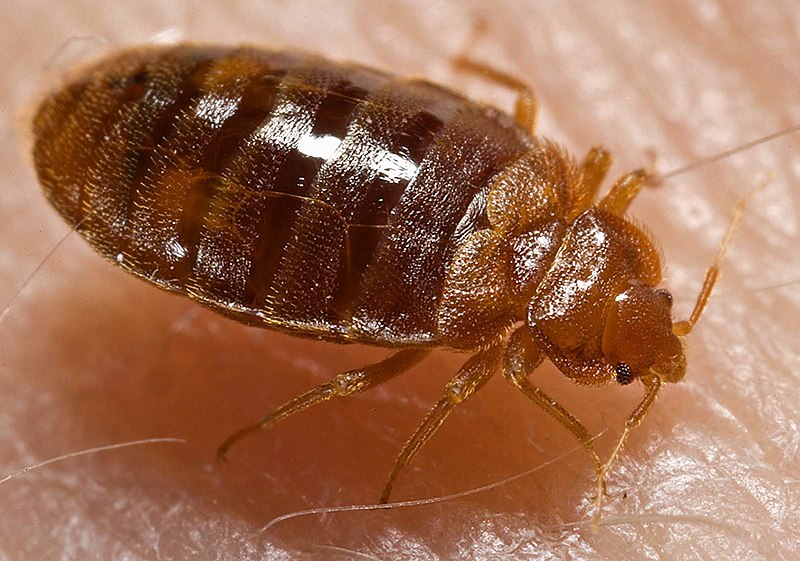Файл:Bed bug, Cimex lectularius.jpg

Розмір при попередньому перегляді: 800 × 561 пікселів. Інші роздільності: 320 × 224 пікселів | 640 × 449 пікселів | 1024 × 718 пікселів | 1280 × 898 пікселів | 1600 × 1122 пікселів.
Повна роздільність (1600 × 1122 пікселів, розмір файлу: 161 КБ, MIME-тип: image/jpeg)
Історія файлу
Клацніть на дату/час, щоб переглянути, як тоді виглядав файл.
| Дата/час | Мініатюра | Розмір об'єкта | Користувач | Коментар | |
|---|---|---|---|---|---|
| поточний | 14:11, 17 травня 2007 |  | 1600 × 1122 (161 КБ) | Patho | == Summary == {{Information |Description=ID#: 9822 Description: This 2006 photograph depicted an oblique-dorsal view of a '''bed bug nymph, Cimex lectularius''', as it was in the process of ingesting a blood meal from the arm of a “voluntary” human h |
Використання файлу
Такі сторінки використовують цей файл:
Глобальне використання файлу
Цей файл використовують такі інші вікі:
- Використання в af.wikipedia.org
- Використання в an.wikipedia.org
- Використання в ar.wikipedia.org
- Використання в arz.wikipedia.org
- Використання в ast.wikipedia.org
- Використання в azb.wikipedia.org
- Використання в be.wikipedia.org
- Використання в bg.wikipedia.org
- Використання в bjn.wikipedia.org
- Використання в bn.wikipedia.org
- Використання в bs.wikipedia.org
- Використання в ca.wikipedia.org
- Використання в ca.wiktionary.org
- Використання в ceb.wikipedia.org
- Використання в cs.wikipedia.org
- Використання в cv.wikipedia.org
- Використання в dag.wikipedia.org
- Використання в de.wikibooks.org
- Використання в din.wikipedia.org
- Використання в el.wikipedia.org
- Використання в eml.wikipedia.org
- Використання в en.wikipedia.org
- Використання в en.wikinews.org
- Використання в en.wiktionary.org
Переглянути сторінку глобального використання цього файлу.
